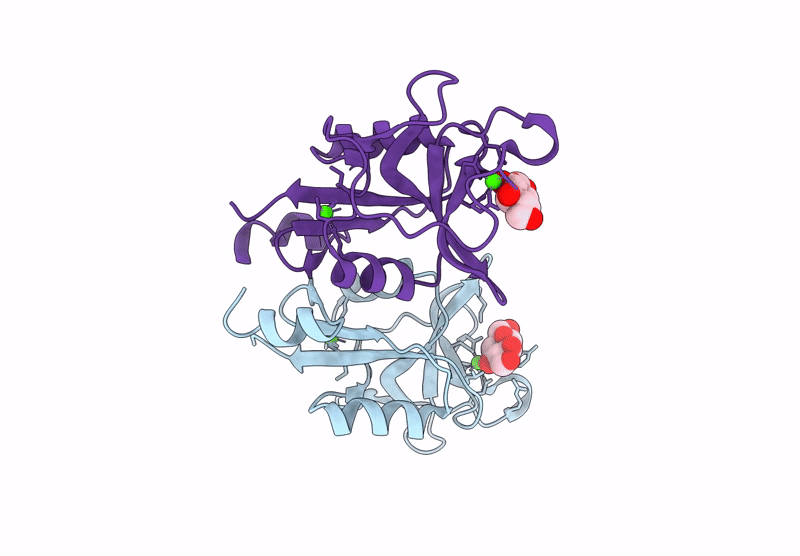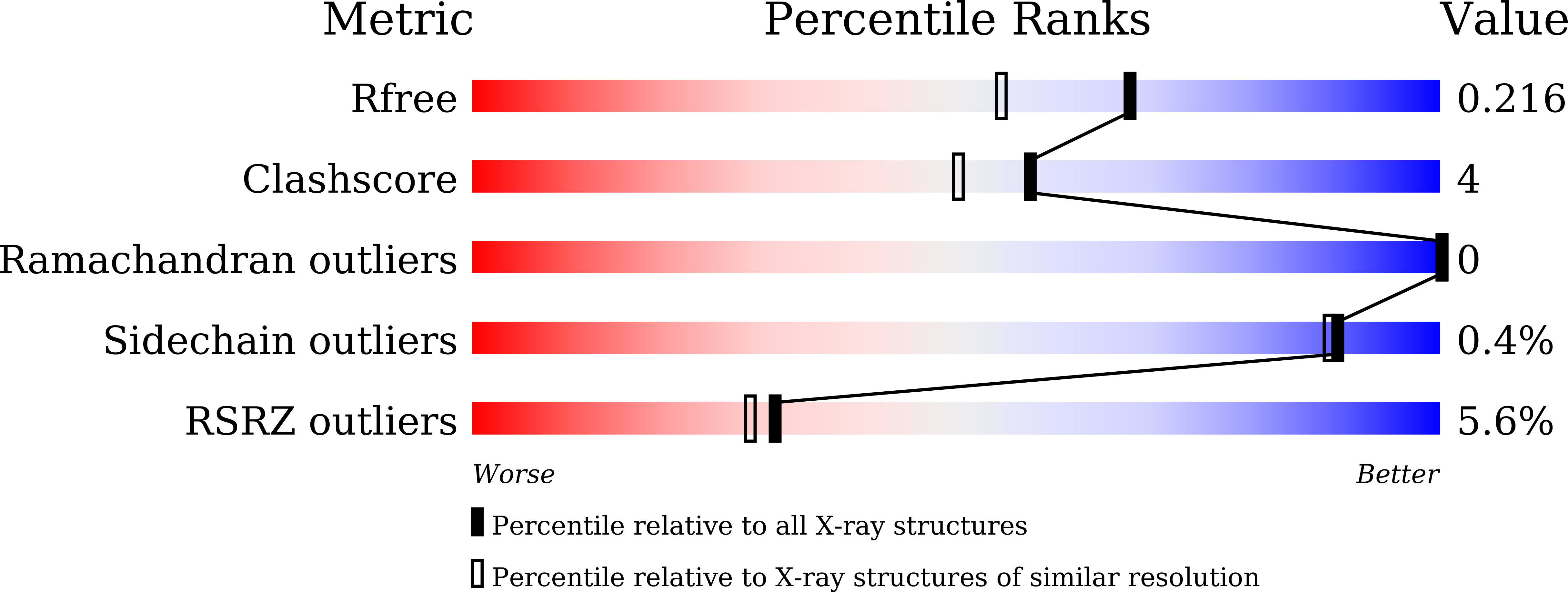
Deposition Date
2024-11-23
Release Date
2025-04-02
Last Version Date
2025-04-02
Method Details:
Experimental Method:
Resolution:
1.80 Å
R-Value Free:
0.21
R-Value Work:
0.17
R-Value Observed:
0.18
Space Group:
P 1 21 1


